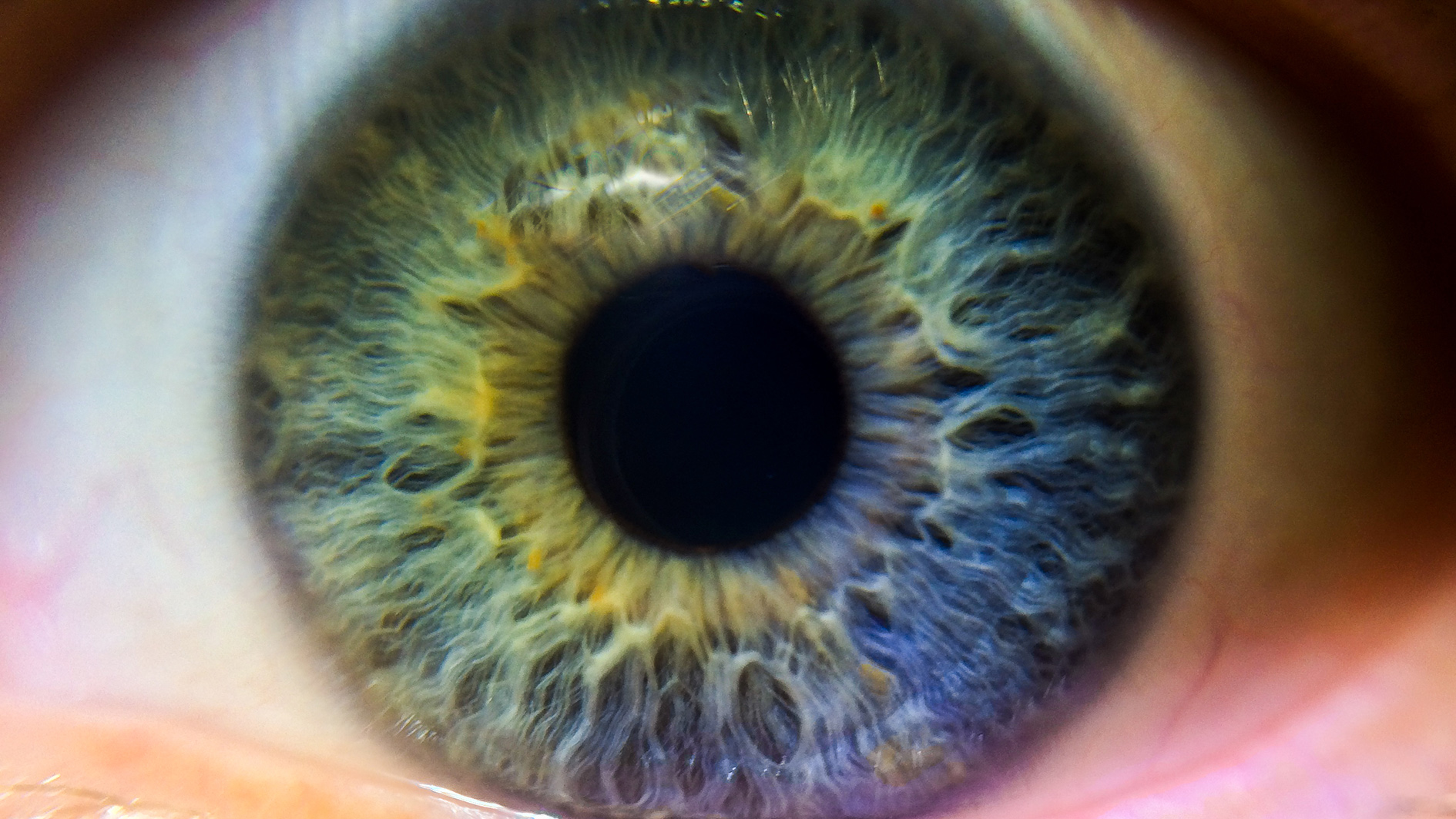Two biotechs target dry eye disease after Novartis' Xiidra problems

The pipeline for dry eye disease drugs is beginning to heat up, with two biotechs announcing key developments, aiming to disrupt a market led by Allergan and Novartis.
Novartis paid Takeda $3.4 billion for its FDA-approved dry eye drug Xiidra during the Japanese pharma’s merger with Shire in 2019, outlining the sales potential in this market niche.
But with Novartis failing to convince European regulators about the merits of Xiidra last year, and Allergan's ageing Restasis potentially facing generic competition, there’s a lot to play for and two biotechs are aiming to disrupt the market.
Sylentis, part of PharmaMar Group, has just announced FDA approval of a phase 3 trial for eye drops containing tivanisiran, in dry eye disease associated with Sjogren’s Syndrome.
The study design, involving more than 30 hospitals in the United States and 200 patients, has been approved by the FDA in 30 days and will be part of the marketing authorisation application, which will include another phase 3 trial.
Goals of the placebo-controlled study include efficacy (signs and symptoms) and safety of tivanisiran in patients with dry eye disease, associated with Sjögren's Syndrome.
Tivanisiran is based on gene silencing technology using RNA interference (RNAi) and selectively inhibits production of the transient receptor potential cation channel (TRPV1).
The design of the protocol for the trial and its authorization are based on the scientific evidence of safety and efficacy obtained in the phase 3 HELIX trial.
This study showed a significant improvement in signs and symptoms in the subgroup of patients with Sjögren's syndrome, which is a more severe form of dry eye disease.
Azura’s dry eye drug on target in phase 2
In a separate development, Israel-based Azura Ophthalmics said its potential dry eye drug AZR-MD-001 hit its target in a phase 2 trial, paving the way for further development.
AZR-MD-001, met its primary endpoints of showing improvements in both the signs and symptoms of dry eye disease caused by Meibomian gland dysfunction (MGD) reaching statistical significance compared to control in the two highest doses tested.
Around 86% of people with dry eye disease show symptoms of Meibomian gland dysfunction, where the glands that line the eyelids become blocked, preventing them from secreting enough oil into the tear film needed to properly lubricate the eye.
The company pointed out that current treatment options mainly focus on treating inflammation, which accounts for a “minority” of the dry eye disease population.
In an emailed interview, CEO Marc Gleeson, said results justify phase 3 development of AZR-MD-001.
He told pharmaphorum: “Given that there are 30 million patients in the US already diagnosed with dry eye disease – of which MGD is the root cause – with the majority not currently on a prescription treatment, this is a large market with high unmet need.
“Based on the topline results of our integrated analyses, AZR-MD-001 has the potential to be a first-in-class treatment option for patients with mild-to-moderate MGD. AZR-MD-001 is well-differentiated from other treatment options for MGD in a number of ways, including its formulation, mechanism of action and mode of delivery.”
Azura said it plans to announce results of its first registration study in the first half of 2022, with a $20 million funding round announced in October providing the financial backing.
Further fundraising will be needed to support a filing, Gleeson said and any additional funds will also be used to advance the company's pipeline of novel ophthalmic drugs.
Gleeson added: "With that said, we are open to all options, including evaluating partnerships that will help bring this medicine to those suffering from the debilitating symptoms of MGD."











